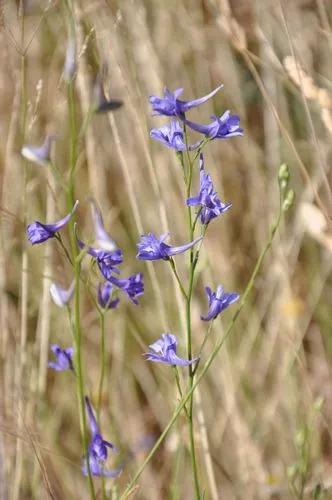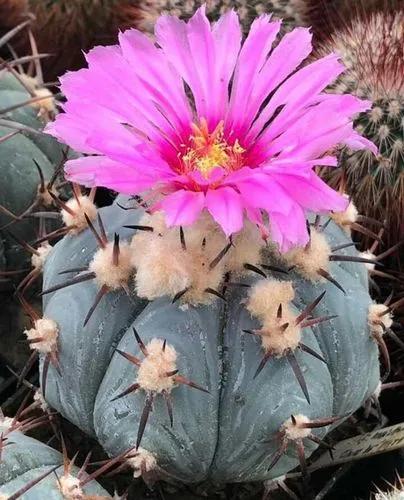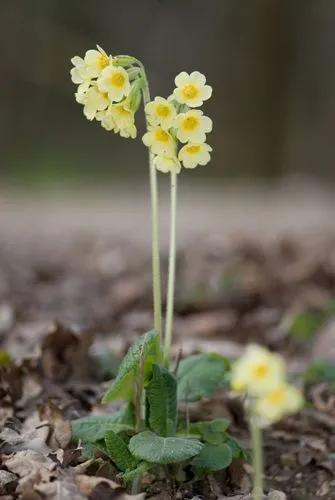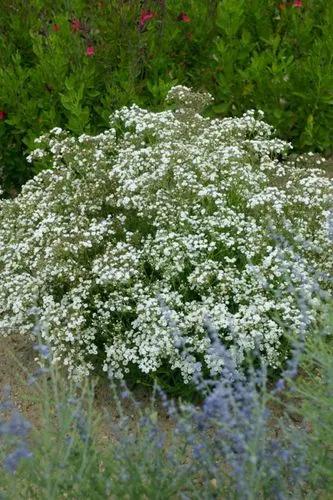Wisteria is a long-lived vining plant with cascades of blue to purple flowers that look spectacular hanging from a pergola or archway in spring and early summer. However, this vine is a fast and aggressive grower—often reaching 30+ feet long—and is known to grow quite heavy. Wisteria vines will work their way into any crook or cranny they can reach, so it’s advised to not plant them too near to your home.Wisteria flowers are beautifully fragrant, providing a feast for the senses. After flowering, a brown, bean-like pod stays on the plant until winter. Blooms only appear on new growth.
Japanese Wisteria Care
Wisteria Floribunda



How to Care for the Plant

Water

Water your plants if you receive less than one inch of rain each week.

Pruning

Pruning is the secret to good flowering, as wisteria only bloom on new wood.Prune wisteria in late winter. Remove at least half of the prior year’s growth, leaving just a few buds per stem.

Fertilizer

Since this vine is an aggressive grower, there’s no need for fertilizing and being drought tolerant, wisteria requires little watering.

Sunlight

Plant in full sun. Though wisteria will grow in partial shade, it probably won’t flower. Sunlight is essential.

Soil

Plant wisteria in fertile, moist, but well-draining soil. If your soil is in poor condition, add compost; otherwise, wisteria will grow in most soils.

Temperature

Wisteria doesn’t fair well in cold so make sure it receives plenty of sunlight.

Additional

Plant wisteria with caution! All parts of the wisteria plant contain substances called lectin and wisterin, which are toxic to pets, livestock, and humans. These toxins can cause anything from nausea and diarrhea to death if consumed in large amounts. Plant wisteria with caution! All parts of the wisteria plant contain substances called lectin and wisterin, which are toxic to pets, livestock, and humans. These toxins can cause anything from nausea and diarrhea to death if consumed in large amounts.

Popularity

1,315 people already have this plant 317 people have added this plant to their wishlists
Discover more plants with the list below
Popular articles






